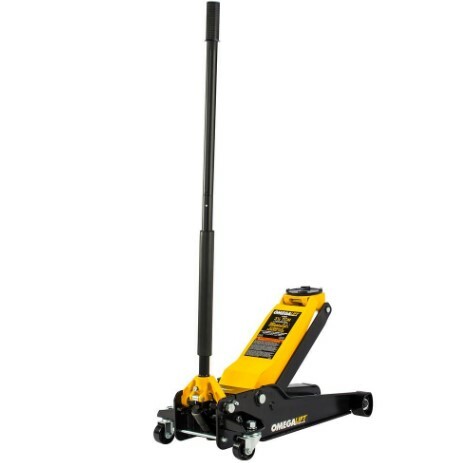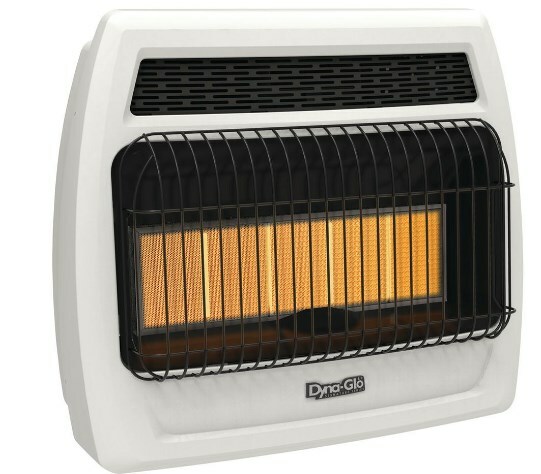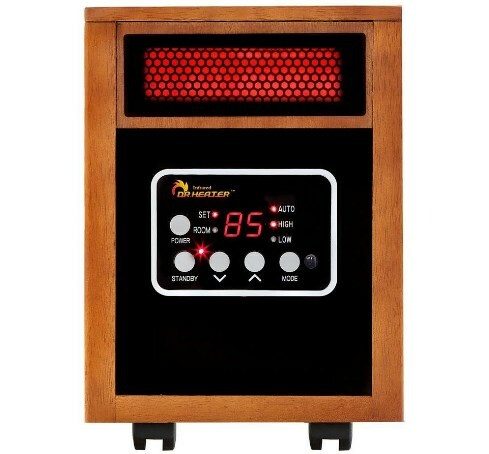Due to periodic blackouts of hot water by utilities, more and more Russian families are trying to install an electric water heater in their apartment or private house. As a rule, preference is given to storage-type models, since they do not require as much energy consumption as their flow-through "competitors". Alas, this advantage has a downside - the owner boiler of this type, you will have to periodically get rid of excess water that remains in the water heater after use. Neglect of this operating rule will lead to disastrous consequences that make expensive equipment unusable. But understanding the importance of the procedure is only the first small step. How to deal with this task correctly, quickly and accurately? The answer is simple - read the new article from HouseChief, because today we will tell each reader how to drain water from a water heater without leaving a single drop of excess liquid in the tank. Join us!
Read in the article
- 1 Circumstances forcing to periodically drain water from the boiler
- 2 Prerequisites for immediately draining excess water from the water heater
- 3 How to properly drain a water heater - traditional and experimental methods
- 3.1 Preparatory work
- 3.2 Non-return drain valve
- 3.3 Application of a tee with a tap
- 3.4 Disconnecting the water supply pipes
- 3.5 Absolute liquid removal or disassembly of the water heater
- 4 Tips for the rational choice of a way to get rid of water from a water heater
- 5 conclusions
Circumstances forcing to periodically drain water from the boiler
First, let's figure out what is the reason for the need to regularly get rid of excess water in the heater. The main argument in favor of this action is the negative effect of the liquid on the metal and any of its compounds. Even alloys with high corrosion resistance gradually succumb to the pernicious effect of rust, and if you have a budget version of the device, such a scenario is simply inevitable.

The second weighty reason for the periodic repetition of the procedure is the scale constantly forming inside. None of the devices we disassemble is insured against this misfortune, since in any water supply network, to one degree or another, there are heavy impurities that settle on the inner surface of the device.
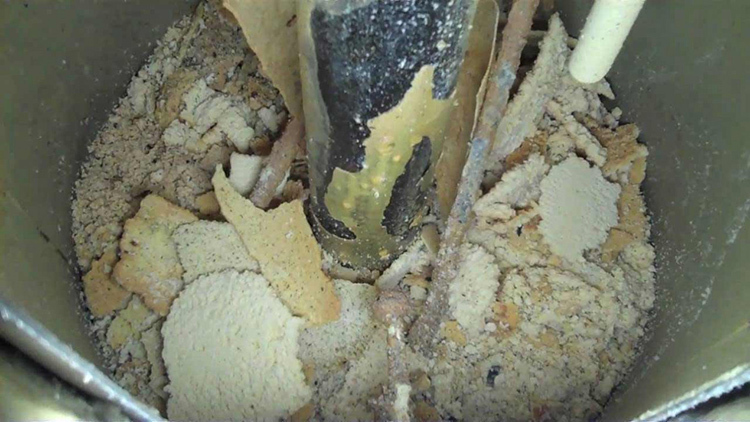
Finally, it is worth mentioning separately such "killers" of a storage water heater as negative temperatures. They not only increase the corrosion effect of steel, but also disable electronics and deform plastic parts of equipment.

Prerequisites for immediately draining excess water from the water heater
Okay, we've identified the root causes. But, in addition to the preventive implementation of such an action, there are a number of circumstances that require urgently to begin emptying the household appliance from excess water. These are the "symptoms":
- weakening the pressure of water from the tap or shower, not associated with blockages in the mixer itself;
- the heating process takes place many times longer than the scheduled time;
- during operation, the water heater emits sounds or signals uncharacteristic for its functionality;
- the pre-installed safety check valve is not functioning properly (it passes fluid in an inactive state, or vice versa).
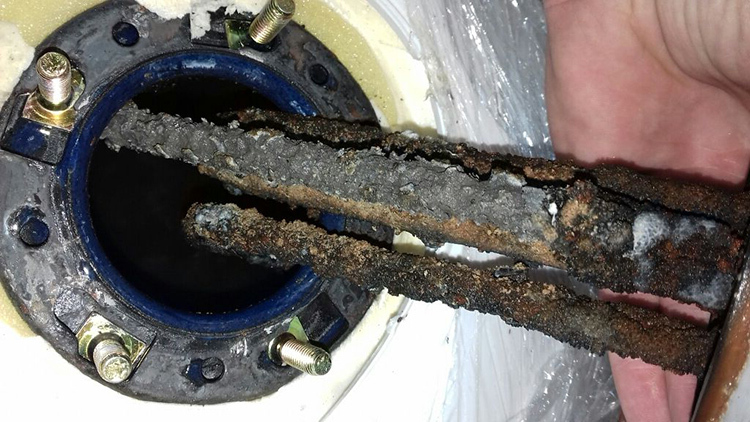
How to properly drain a water heater - traditional and experimental methods
So, you have received the necessary theoretical information, but the most difficult thing is ahead - to directly drain the water from the water heater using various options and devices. Do you want to do it right and quickly? Then start learning the unique instructions from HouseChief!
Preparatory work
Before starting a set of works, it is required to prepare the device for "dehydration". To do this, you need to do the following:
- make sure that the hot and cold water supply taps are turned off;
- disconnect the storage device from the electrical network;
- place a container (basin, bucket, etc.) nearby in advance in case of force majeure situations.
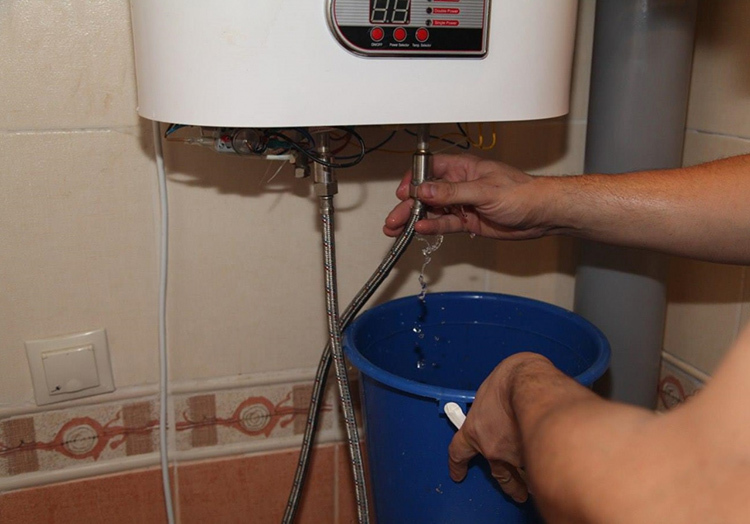
Non-return drain valve
The simplest way is to use a safety valve, which must be installed in the area that supplies cold water to the system. In this case, you will need to turn off the cold water supply tap on the drive. Next, you have to open the mixer so that the bulk of the stagnant liquid comes out through it. To get rid of residues, you just need to place a previously prepared container in front of the drain hole of the valve and lift up a special lever located on the side of the device body. Although this method is quite easy to perform, it is time-consuming - draining only occurs when air enters the tank.

Application of a tee with a tap
When installing a water heater, one of the recommended components (in addition to the previously considered so-called "safety group") is a tee with a shut-off valve pre-connected to it. This element is installed, as a rule, on the cold water supply to the water heater, above the check valve.
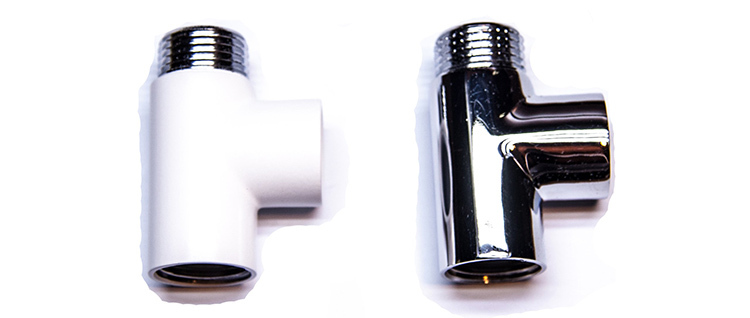
If the equipment is installed in your house or apartment according to this scheme, then in order to drain excess water, you need to perform the following steps:
- leaving the hot water supply valve open, we release the liquid through the mixer, leave it open;
- on the stop valves on the tee, we fix the drain hose, open the drain valve and wait for the internal container to remain empty (characteristic sounds will be heard);
- we close the tap until the subsequent emptying of the drive.
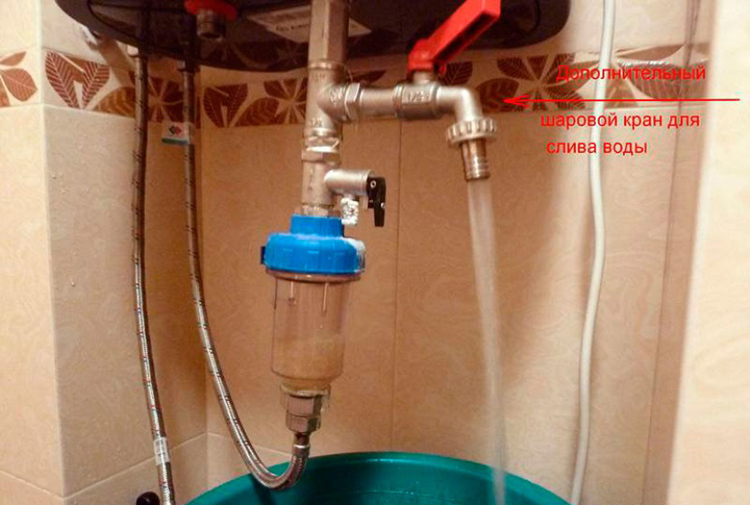
Note! A more advanced and convenient installation scheme is an installation in which a tee is installed on both pipes (cold and hot). With a similar arrangement of devices, the process occurs twice as fast due to the two points of release.
Disconnecting the water supply pipes
In some cases, the elements of the water heater described above are not initially installed in the device - this applies, first of all, to private companies, hostels and similar institutions. But even these devices need to properly and quickly rid them of excess stagnant water. Under such circumstances, there are special instructions:
| Illustration | Description of action |
 | We close the tap on the "cold" riser, while opening the valve on the hot water supply. After the disappearance of the "gurgling" sounds, close the tap back, blocking the access of liquid to the boiler |
| Disconnect the supply hose at the input | |
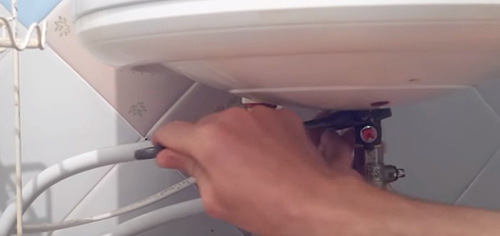 | Using an adjustable or wrench, unscrew the check valve |
 | Before removing the device, quickly place a bucket or basin under the heater, as the water will begin to flow instantly |
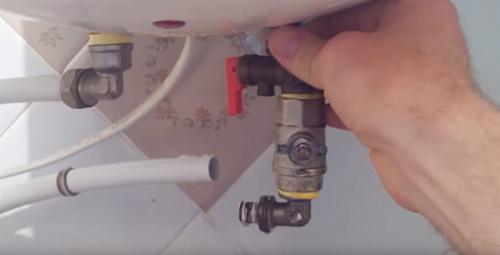 | When the whole process is complete, we return the detached elements to their original place |
Interesting fact! Did you know that sometimes the problem we are describing can be used to your advantage? After all, it is not for nothing that the object of our article is called a "storage device" - it is capable not only of heating a valuable resource, but also of storing it in its reservoir. So at a critical moment when communications are temporarily disconnected, you can use the device as a storage for a large supply of fresh water, using it as needed.
Absolute liquid removal or disassembly of the water heater
If you are very scrupulous about the everyday problem we are considering, then you can use the ultimatum option, which will immediately combine a complex of cleansing procedures. This method involves the temporary dismantling of the electrical unit, which will facilitate direct access to the entire inner surface of the tank. Let us draw your attention to the fact that it is better to entrust such "manipulations" to professionals, but if you are ready to experiment, then here is the correct sequence of actions:
| Illustration | Description of action |
 | Draining the coolant to the maximum by any of the previously described methods, de-energize the device and unscrew the screws located along the lower perimeter of the water heater |
| We unscrew the ground wire and take out the electronic component | |
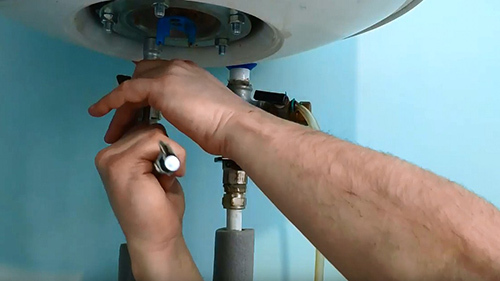 | Using a screwdriver or wrench, unscrew the connection holding Heating element |
| Using a solid flat object, remove the heating element from the equipment case (do not forget to put the container in the lower part of the unit!) | |
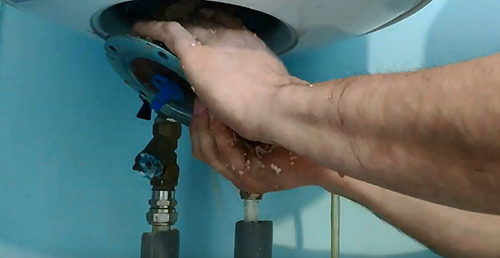 | We clean the working element from the formed scale and other contaminants (if any) |
| We get rid of lime deposits that have settled in the internal tank (you can manually, you can mechanically) | |
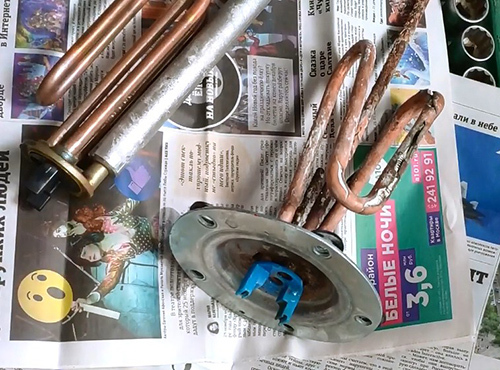 | We check the absence of water particles in the water heater, if necessary, we clean the heating element with citric acid or replace it with a new one |
 | Upon completion of "dehydration" and cleaning, all dismantled components are reinstalled in their original places in the case. |
Tips for the rational choice of a way to get rid of water from a water heater
Finally, the HouseChief editorial team wants to share with their readers recommendations for choosing the best solution for how to drain water from storage water heater in modern conditions.
Owners of compact (10-20 l) household appliances located in apartments need only use a non-return valve, since in such situations it is unlikely that large volumes of work have to be dealt with and cleaning.

If you are the lucky owner of a medium volume electric heater, then it is best to immediately install a tee with a tap, otherwise you will have to spend a couple of hours monitoring and adjusting the necessary actions.

And for owners of huge (80 l and more) models, we recommend not only installing a control valve and shut-off valves, but also once a year and a half to carry out a major cleaning, especially if you have a tough house water.
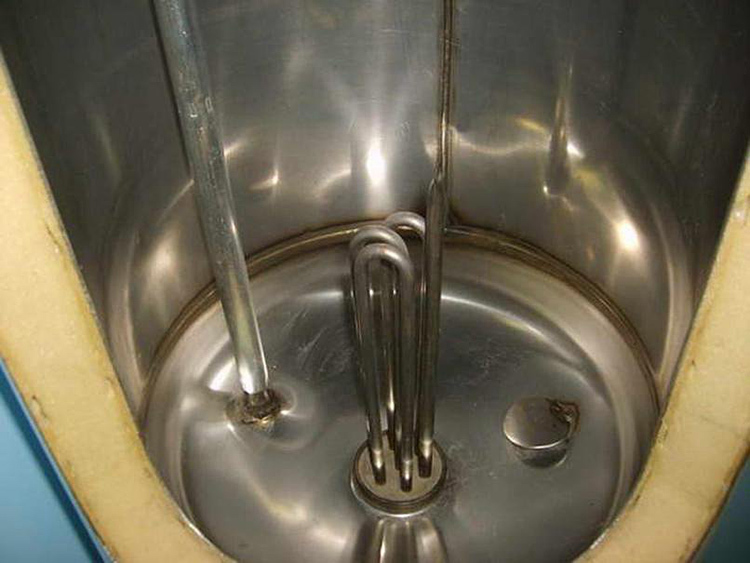
conclusions
That's all we wanted to tell you about today. The process of draining water from a water heater is not as complicated and confusing as it seems at first glance. The first couple of times it will be unusual to cope with the task, but then everything will go like clockwork. I would like to note that it is very interesting for us to learn about your experience: tell us how you personally coped with this process, about the difficulties and interesting subtleties. Until then, see you again!

